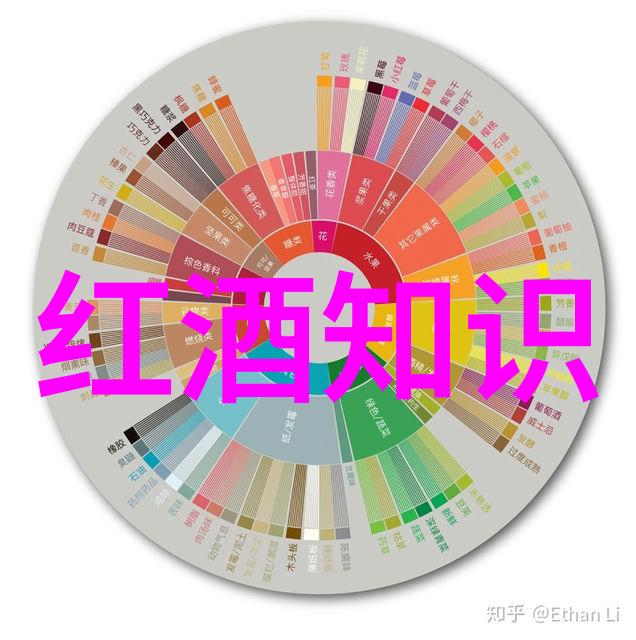- 1、
本文提供多篇内容参考,可直接点击跳转详细解答
(一)

优质回答The main function of the respiratory system is to facilitate the exchange of oxygen and carbon dioxide between the body and the environment. It does this through the process of respiration, which involves inhaling oxygen-rich air and exhaling carbon dioxide.The respiratory system consists of several organs and structures, including the nose, mouth, trachea, bronchi, and lungs. When we inhale, air enters through the nose or mouth and travels down the trachea, which branches into two bronchi that lead to the lungs. The bronchi further divide into smaller bronchioles, which eventually end in tiny air sacs called alveoli.The alveoli are the site of gas exchange. Oxygen from the inhaled air diffuses across the thin walls of the alveoli and into the surrounding capillaries, where it binds to hemoglobin in red blood cells. At the same time, carbon dioxide, a waste product of cellular respiration, diffuses out of the capillaries and into the alveoli to be exhaled.The respiratory system also plays a role in regulating pH levels in the body. When we exhale carbon dioxide, it helps to remove excess acid from the bloodstream, helping to maintain a balanced pH.In addition to gas exchange, the respiratory system also helps to filter, warm, and humidify the air we breathe. The nose contains tiny hairs called cilia, which help to filter out dust, pollen, and other particles. The respiratory system also produces mucus, which helps to trap and remove foreign particles from the air.Overall, the respiratory system is vital for providing oxygen to the bodys cells and removing carbon dioxide, ensuring the proper functioning of all other systems in the body.
今天的内容先分享到这里了,读完本文之后,是否对您有所启发呢?更多的精彩内容请关注,小编期待您的到来。





